Editorial: In Search of: Honda's Hybrids
Once upon a time, Honda represented everything that Detroit was not. Efficient, lean, reliable and most of all, innovative. While The Big Three soldiered-on with the same powertrains for decades on end, Honda constantly renewed, redesigned and released cars that genuinely improved their customer’s lives. Profits and widespread admiration followed… until the Honda hybrids came along. Then Honda, long regarded as the technology leader, got its ass kicked by Toyota. What happened?
The 1999 Insight was an absolute masterpiece of technology. Honda coupled a 70 hp. 1.0L engine (with an air fuel ratio of 25.8) to a 13 horsepower electric motor. It was ‘Wow!’ technology back in the Clinton Era. At only 1847 pounds, with a wind whispering 0.25 Cd, the Insight generated exceptionally high fuel economy numbers (70/61) for their customers. What customers? This was an especially difficult question to answer as the Insight was not ready for prime time.
The ‘Integrated Motor Assist’ technology wasn’t the problem. Simply put, the Honda was a niche vehicle. At the turn of the century, with gas at a buck a gallon, the high-tech fuel-miser niche that was so small that the Insight literally offered a zero carbon imprint on dealer’s lots.
Honda optimistically projected 6500 sales for for the model year 2000 Honda Insight. Dealers unloaded a measly 3805 units during the hybrid’s first full year of release. And that was the high water mark. Worse, the sales failure killed the Insight’s evolution. For seven full years, the model’s design and technology became stuck in neutral, with limited modifications. That was where the real tragedy for Honda took shape.
While Honda was initially content with having a long model run and a limited market, Toyota had other plans.
When the first generation compact Prius was released in Japan in 1997, Toyota’s Corolla had officially become the world’s best-selling vehicle. The Prius was designed as a hybrid-only model from Day One. Toyota fully redesigned the Prius in succeeding generations to accommodate the changing nuances of the hybrid buyer.
At first the Prius failed. It racked-up just 5562 U.S. sales in 2000. Even as gas prices rose, both Toyota and Honda were besieged with anti-hybrid issues and innuendos. Both companies had to deal with the financial fears associated with battery packs. Warranties were extended, and some customer assistance was offered.
But Toyota– not Honda– used adversity as a PR tool. Before long Toyota was highlighting battery failures in 56 degree below zero Arctic weather and proudly proclaiming that no other battery had ever needed to be replaced. It wasn’t factually correct (a.k.a. complete bullshit) but the story played well with the general public.
By 2003, Honda was putting the same technology in the Insight (with minor modifications) into the Honda Civic. They gave the conversion more torque, an extra 300cc’s of displacement and a bit more engine heft. Speaking of heft, at 2700 pounds, Honda’s CVT transmissions would now power a vehicle that was nearly 850 pounds heavier than the Insight.
It didn’t take long before Consumer Reports and a rash of owner review sights began to highlight the very expensive and frequent transmission work requireed to keep the Honda Civic hybrid on the road. After a few battles, Honda upped the transmission warranty to 100k and agreed to replace or modify components in the hopes of avoiding the inevitable. Unfortunately, with cases of third and fourth transmissions being replaced within 100k, the Civic Hybrid began to lose serious traction with the public.
While these Civics sat with their Taurus quality transmissions, the Prius was garnering reliability awards from J.D. Power, Consumer Reports, and was quickly becoming the de-facto poster child of a mass ‘hybrid’ market. Honda had abandoned a sheetmetal design projecting their hybrid model’s green, high-tech, Space Age credentials (albeit in a less-than-practical two-seater) for a mass market clone car. The Prius’ shape morphed in the exact opposite direction, from flat-line Echo cardiogram to an Insightful hybrid statement.
With gas prices in the upswing, the Prius’ aspiring hypermilers and the eco-conscious consumers were soon joined by those simply looking at the economic proposition of ownership. By 2005, with a second ground-up redesign, the Prius passed 100k annual sales, heading for over a million hybrids sold worldwide by 2007. In the same year, Honda would sputter-out only 32k Civic Hybridss, 3400 Accord Hybrids), and three of the now defunct Insight. Honda now had a full fledged failure on it’s hands.
Beneath the skin, much of Honda’s failure in the hybrid market can be traced to the same shortsightedness and bad customer support that’s afflicting the Detroit Big 3. The depressed valuations and bad owner reviews for the past Honda Hybrids will undoubtedly make the 2010 Honda Insight a far tougher sell.
Should Honda offer a stronger warranty on their new vehicles? Should they simply recall the defective transmissions and offer a longer warranty for current owners? It’s easy to say yes. But every automaker has to draw their own line is between taking care of the customer, and taking care of the bottom line.
As these pictures demonstrate, Honda is determined to take-on the Priora of the world with a kick-ass hybrid. That isn’t afraid to look like a knock-off of its direct, perhaps only competitor. Priced to go. With (one hopes) brand-faithful reliability. Even so, Honda will need to figure-out how to take on a rival who kept their product exclusively focused on a very unique and evolving customer. As Honda and The Bailout Big 3 are learning, the road to redemeption is long and perilous, with persistence, determination and humility providing the best chances of success.
More by Steven Lang
Latest Car Reviews
Read moreLatest Product Reviews
Read moreRecent Comments
- Rochester After years of self-driving being in the news, I still don't understand the psychology behind it. Not only don't I want this, but I find the idea absurd.
- Douglas This timeframe of Mercedes has the self-disintegrating engine wiring harness. Not just the W124, but all of them from the early 90's. Only way to properly fix it is to replace it, which I understand to be difficult to find a new one/do it/pay for. Maybe others have actual experience with doing so and can give better hope. On top of that, it's a NH car with "a little bit of rust", which means to about anyone else in the USA it is probably the rustiest W124 they have ever seen. This is probably a $3000 car on a good day.
- Formula m How many Hyundai and Kia’s do not have the original engine block it left the factory with 10yrs prior?
- 1995 SC I will say that year 29 has been a little spendy on my car (Motor Mounts, Injectors and a Supercharger Service since it had to come off for the injectors, ABS Pump and the tool to cycle the valves to bleed the system, Front Calipers, rear pinion seal, transmission service with a new pan that has a drain, a gaggle of capacitors to fix the ride control module and a replacement amplifier for the stereo. Still needs an exhaust manifold gasket. The front end got serviced in year 28. On the plus side blank cassettes are increasingly easy to find so I have a solid collection of 90 minute playlists.
- MaintenanceCosts My own experiences with, well, maintenance costs:Chevy Bolt, ownership from new to 4.5 years, ~$400*Toyota Highlander Hybrid, ownership from 3.5 to 8 years, ~$2400BMW 335i Convertible, ownership from 11.5 to 13 years, ~$1200Acura Legend, ownership from 20 to 29 years, ~$11,500***Includes a new 12V battery and a set of wiper blades. In fairness, bigger bills for coolant and tire replacement are coming in year 5.**Includes replacement of all rubber parts, rebuild of entire suspension and steering system, and conversion of car to OEM 16" wheel set, among other things
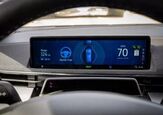
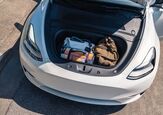

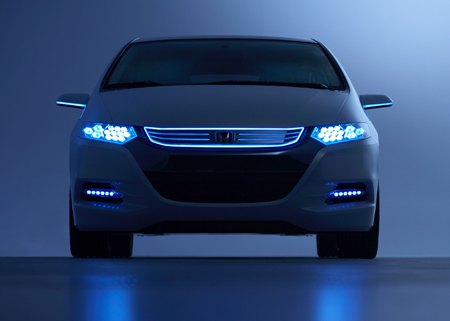

























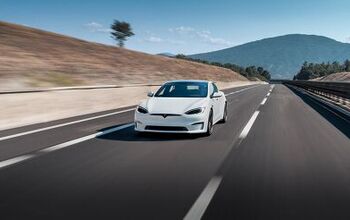

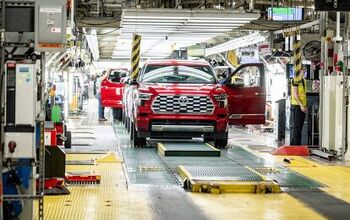




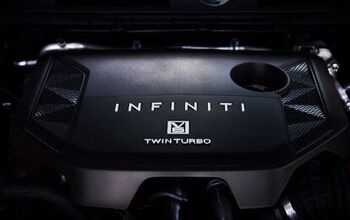
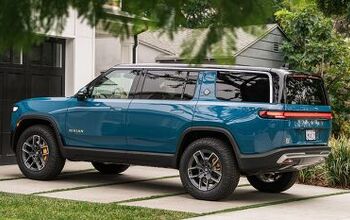

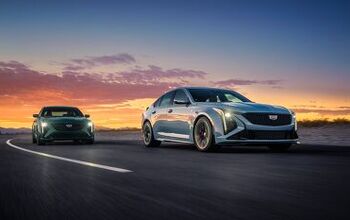
Comments
Join the conversation
Yep ghillie, I definitely agree with everything you've mentioned. The Insight is an exceptional vehicle. But related to the Insight, I think Honda's recall activities may be partially attributable to the fact that there is such a strong enthusiast foundation for that model and that it sold in such limited quantities. Most folks who look at hybrids are concerned about the 'economic proposition' of keeping them. In many cases, they are willing to even forgo a lower overall cost IF the product is generally reliable and the long-term maintenance expenses are reasonable. Buying a Prius instead of a Corolla these days would be the textbook example of that mentality. Unfortunately the Civic Hybrid failed in part because Honda chose not to stand behind their own product. A lot of folks have been saddled with bad CVT's, catalytic converters, and battery packs that end up costing far more than the typical engine or transmission repair. A company with the name, perceived quality, and commitment to innovation that Honda has should have performed far better when it came to taking care of their own customers. As much as I love many of Honda's products (I've owned everything from Acuras to Helixes) I think the parent company has really left the customer holding the bag when it comes to expense. Until that mentality changes, I wouldn't advise anyone buying a Honda hybrid until the costs of long term ownership become far more reasonable.